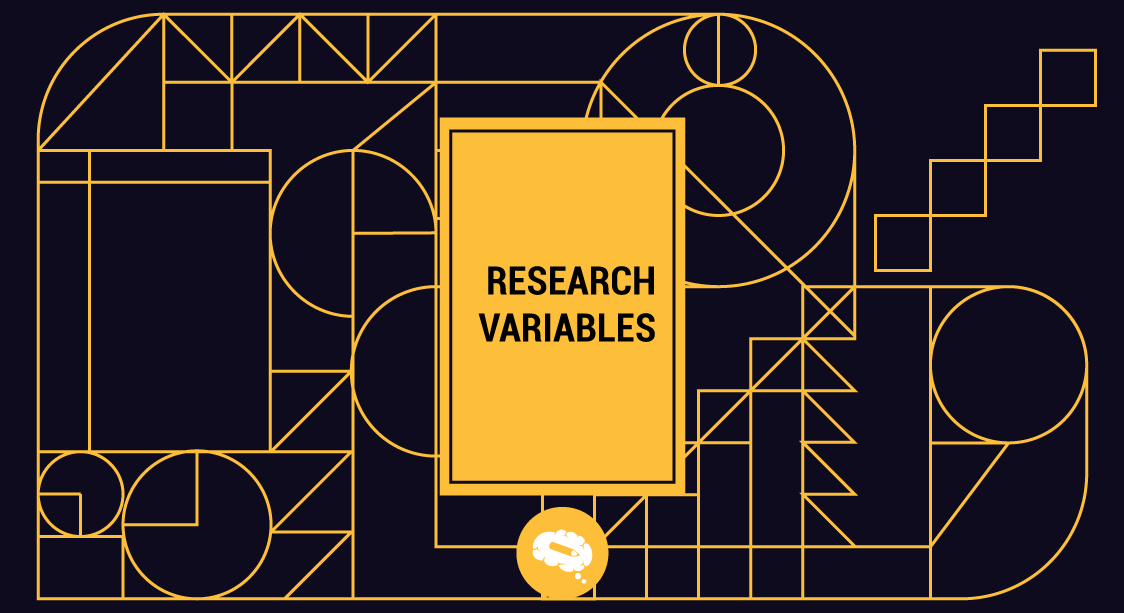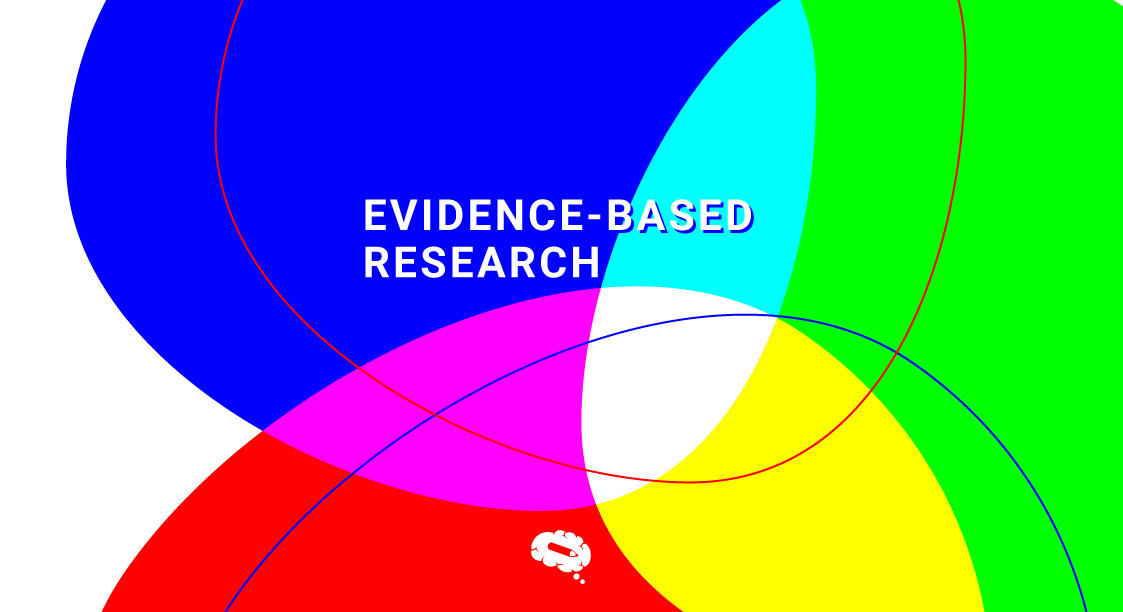When you see the term “variable”, you might’ve recalled your school days when you had the trauma of solving these so-called variables in algebra. Oh, wait… the “variable” we’re going to learn here is different. So, relax!
Every researcher uses the term “research variables” in their publication and it’s quite interesting to know what it actually means and why this term is so popular among researchers. Let’s learn more about research variables and their types in this article.
What are Research Variables?
In research, variables refer to any characteristic or attribute that can be measured, manipulated, or controlled in an experiment.
To put it more simply, just like how variables mean any value in math and we take it in order to solve problems, here it refers to real-life quantities such as age, pressure, weight, height, etc., and they use these values for their experiments.
Some variables may be constant and clear such as gender, birth date, etc. because these cannot be changed frequently whereas values like income, weight, temperature, etc., are constantly changing.
These values are subjective, meaning it differs from person to person, and not everybody will have the same body mass or same income level. And because of this very reason, the term “variables” came into play as the name implies, it is something that varies.

Types of Research Variables
There are many types of research variables that researchers use and these are categorized into the following:
Independent Variables
The researcher manipulates these variables in order to observe how they affect the dependent variables.
Dependent Variables
These are the variables being measured or observed as a result of the independent variables being manipulated.
Control variables
These are variables that are controlled or maintained constant to have no effect on the dependent variable.
Confounding Variables
These are the variables that have the potential to have an impact on the validity of the results and the relationship that exists between the independent and dependent variables.
Extraneous Variables
The relationship between the independent and dependent variables can still be influenced by these variables, even though they are not included in the research question.
Moderator Variables
The relationship between the independent and dependent variables can be altered by these variables.
Mediator Variables
By demonstrating how the independent and dependent variables are related, these are variables that demonstrate the relationship between them.
Covariate Variables
These are variables that are included in a study to control for how they affect the dependent variable but do not directly relate to the question being researched.
Response Variables
These are the variables that show how the independent variable affects the dependent variable.
Demographic Variables
These are variables that describe the study sample collected and determine whether the collected sample represents the population of interest.
Independent and Dependent Variables
An Independent Variable is thought to have an impact on the experiment’s dependent variable and this is the factor that is being manipulated. Since it does not depend on any other variables in the experiment, it is called an independent variable.
The outcome that is being measured in response to changes in the independent variable is the dependent variable. It depends on the independent variable and when that value changes, the dependent variable’s value also will change.
For instance, if we take an experiment where we have to study the effect that light intensity has on plant growth, the independent variable would be the light intensity and the dependent variable would be plant growth.
Higher impact and greater visibility for your work
Research isn’t always easy to understand, especially for a common person who has no idea about the research topic or the background of the research. This is when using illustrations comes in handy. Illustrations help scientists deliver their work in a simple and easy-to-understand way.
Mind the Graph has a library of high-impact infographics that gives greater visibility to the research papers and makes the scientists’ work easy. Sign up now to explore a huge collection of scientific infographics.

Subscribe to our newsletter
Exclusive high quality content about effective visual
communication in science.




